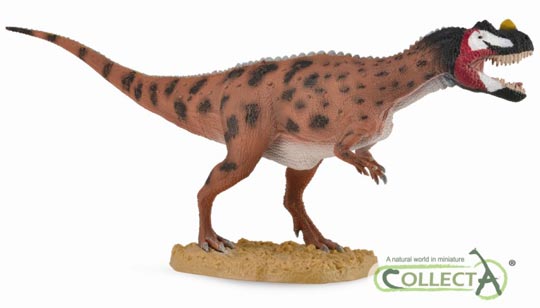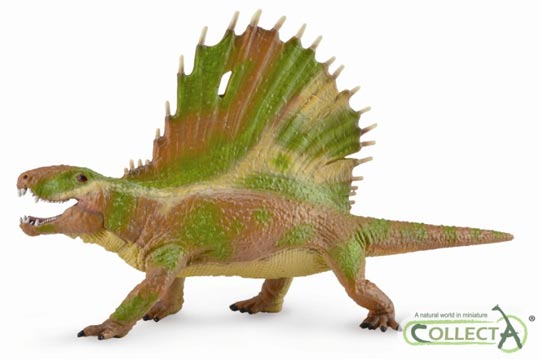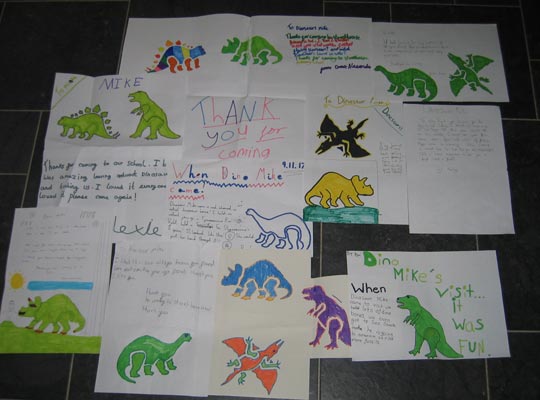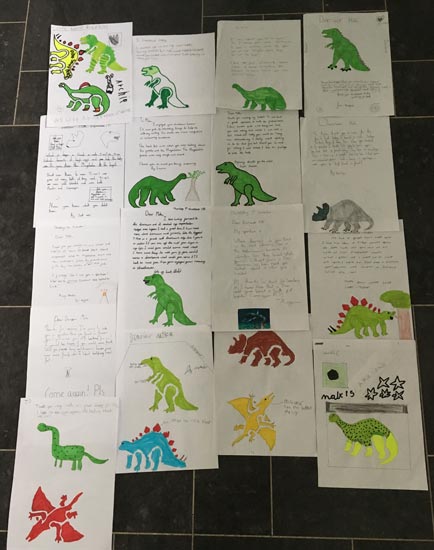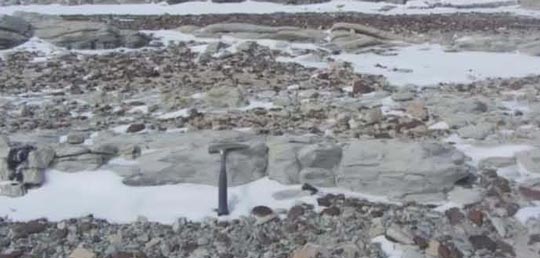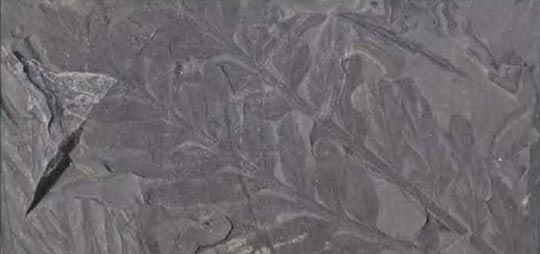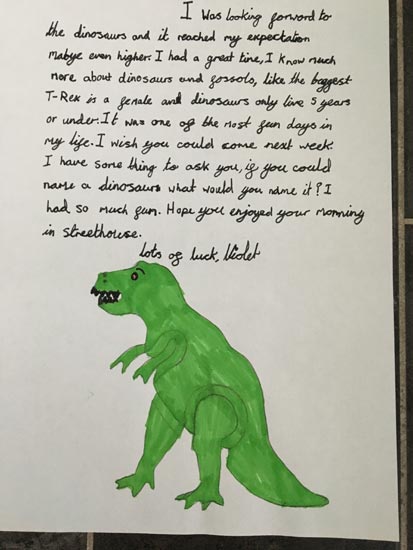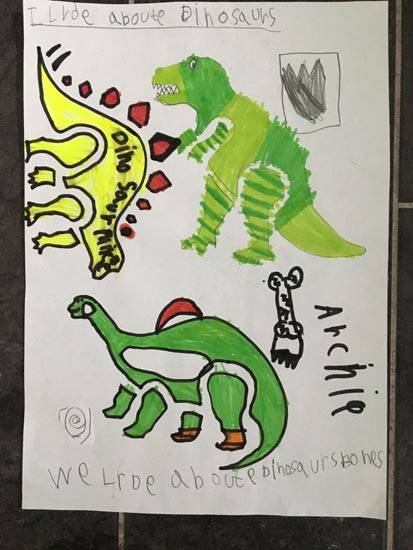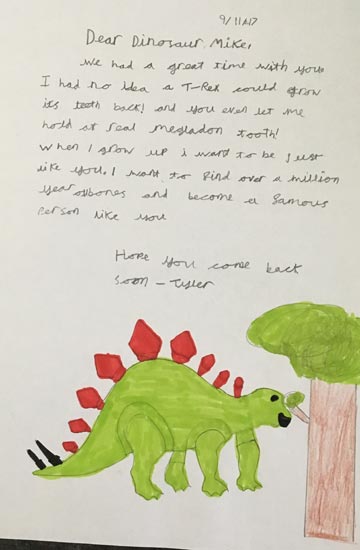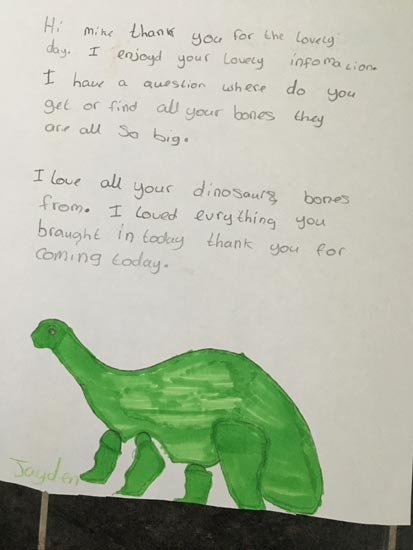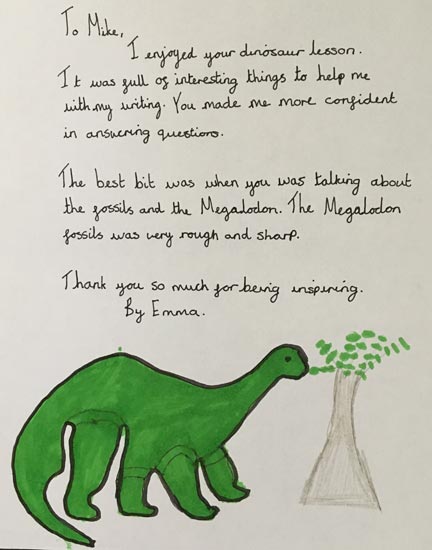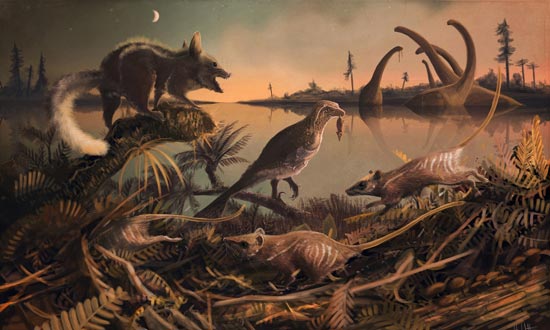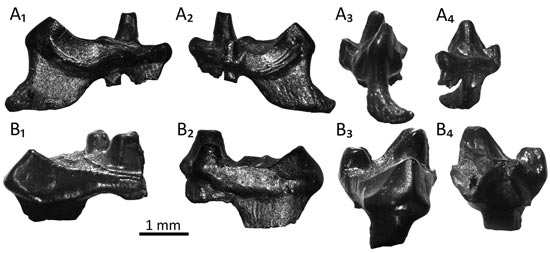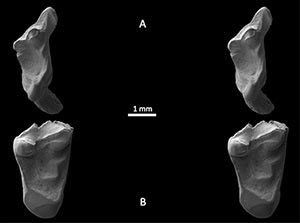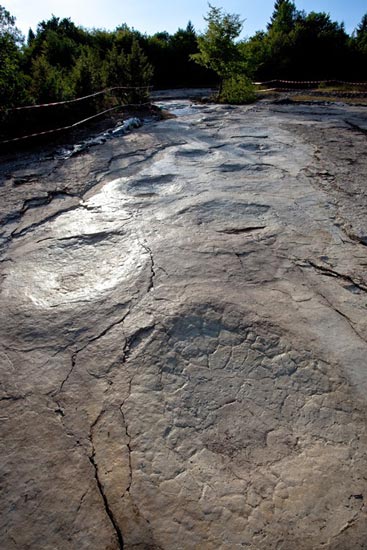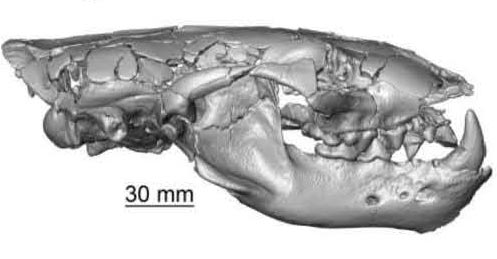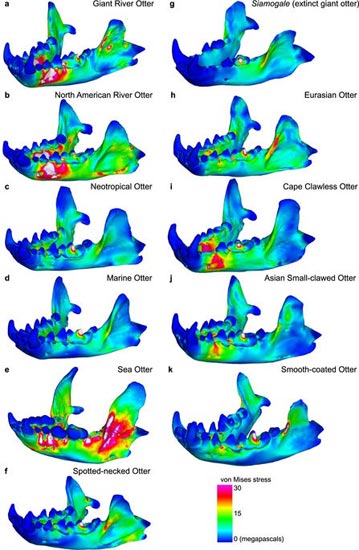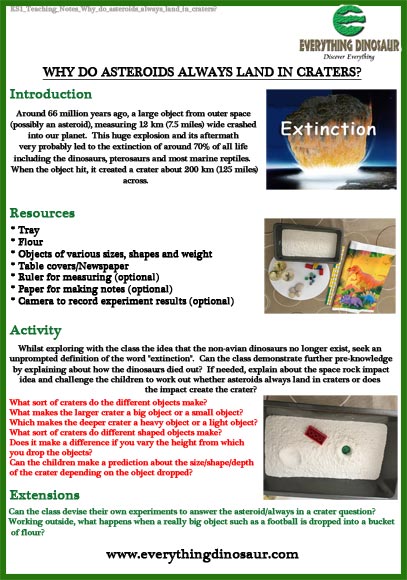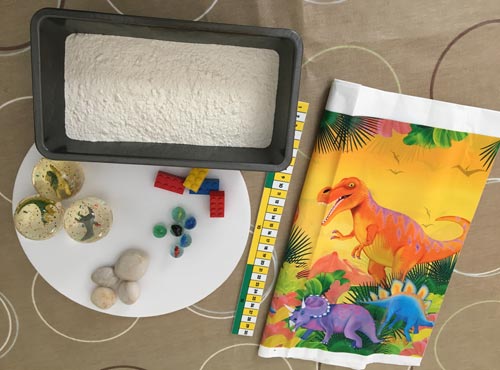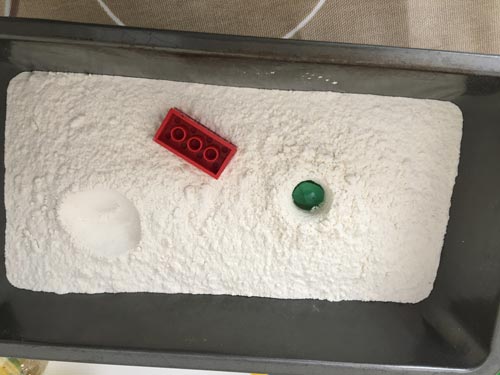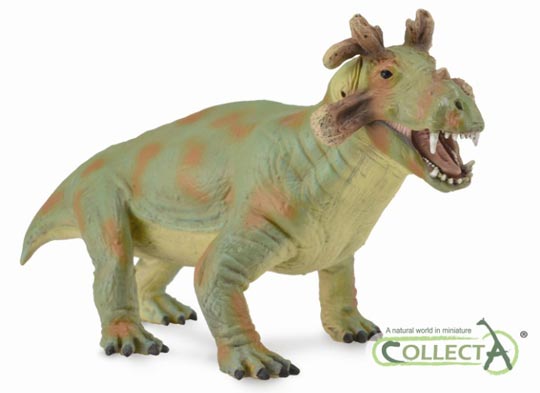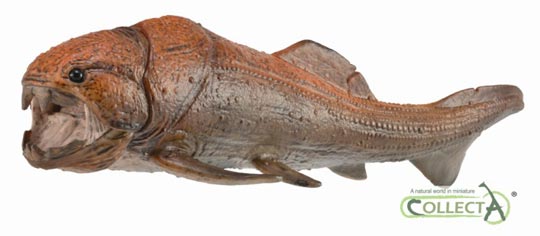New CollectA Models 2018 (Part 3)
New CollectA Models 2018 (Part 3)
Time for a first peek, at the third batch of new for 2018 CollectA prehistoric animal models. Today’s releases feature a dinosaur, an animal often mistaken for a dinosaur but more closely related to the third new model announced this morning. We have a Ceratosaurus, a Dimetrodon and a beautiful model of a prehistoric proboscidean Gomphotherium!
The New for 2018 CollectA Deluxe 1:40 Scale Ceratosaurus Dinosaur Model
CollectA 1:40 Ceratosaurus Dinosaur Model
This beautifully proportioned dinosaur comes complete with an articulated jaw, all the better to show off that over-sized dentition that makes this relatively rare Late Jurassic theropod so formidable. The spotted and mottled black markings remind us of the spots found on extant leopards, an apt choice of artwork as this dinosaur was contemporaneous with the “lion of the Jurassic” Allosaurus.
The eye is drawn to the vivid colours around the skull and the row of scutes (scales) that run down the back of this predator.
Model designer Anthony Beeson explains:
“I have been wanting to make a model of this dinosaur for some time. As the nasal horn is likely to have been an object of display rather than a weapon, I have given it a bright keratin sheath and a face paint that makes the most of it. The animal’s back has a row of osteoderms along it and the tail is deep rather like that of a crocodile, as it may have been partly aquatic in its hunting.”
With the recent research undertaken into the Spinosauridae, the idea that Ceratosaurus may have been partially aquatic has once again gained prominence. It is good to see this prehistoric animal provided with a base, this helps keep the feet in proportion and permits a more dynamic pose for the replica.
To view a CollectA Allosaurus model and other CollectA replicas: CollectA Prehistoric Life Models.
Not a Dinosaur but a Dimetrodon
Joining the Ceratosaurus, is another predator, one that roamed the Earth over 100 million years before Ceratosaurus, a mighty sail-backed monster of the Permian – Dimetrodon. Although, Dimetrodon is often mistaken for a dinosaur, it is more closely related to mammals like us, than it is to the Dinosauria.
The CollectA 1:20 Scale Dimetrodon Model
CollectA Prehistoric Animal Models
CollectA are not the first to make a replica of this iconic pelycosaur. However, the CollectA model shows a remarkable attention to detail and provides a different perspective on this, one of the most famous animals from the Palaeozoic. Firstly, it has been given a striking camouflage, a wonderful mix of khaki, tan and green that would have helped this carnivore to blend into its environment.
A spokesperson from Everything Dinosaur praised these new CollectA prehistoric animal models.
The posture of the model depicts a highly mobile animal with strong legs and a tail lifted clear of the ground, in stark contrast to the portrayal of Dimetrodon in paintings from the early part of the 20th century, in which Dimetrodon was depicted as a sluggish, slow-moving creature with a sprawling gait. The model has an articulated jaw and the skin is rough and warty, it is a glandular skin, a stark contrast to other recently released Dimetrodon replicas that retain a scaly skin texture. Whereas the underbelly is covered in much finer scales, as seen in other, related Permian synapsid fossils.
The model also shows signs of wear and tear, typically a large predator would pick up numerous injuries over the course of its lifetime.
Commenting on CollectA Prehistoric Animal Models
Anthony Beeson explained:
“As you will see, our Dimetrodon is unlike any that have been issued before as toys. His sail does not reach to the end of neural spines and echoes the theory that the skin did not necessarily fully cover it. It has also sustained an injury, which would be a reality as examples of bent and fractured spines have been found.”
It makes sense to depict Dimetrodon with a degree of pathology present. Numerous specimens preserve deformed areas on the neural spines that appear to be healed-over fractures and the webbing across that famous sail may not have been as extensive as previously thought. It is going to be fun depicting this replica next to the recently announced CollectA Estemmenosuchus figure.
To read about the new for 2018 CollectA Estemmenosuchus and other CollectA model releases: New CollectA Models for 2018 (Part 2).
For the article outlining the first batch of new for 2018 CollectA models: New CollectA Models for 2018 (Part 1).
CollectA 1:20 Scale Gomphotherium
The third offering from CollectA is this magnificent Gomphotherium replica. A model of “welded beast” joins the CollectA range and it makes a fine companion piece to the Woolly Mammoth figures and the Deinotherium model that already grace the CollectA range.
New for 2018 The CollectA 1:20 Scale Gomphotherium Model
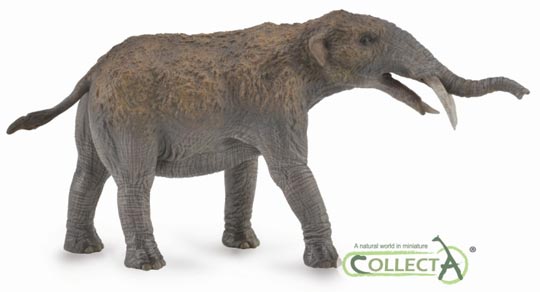
Anthony comments:
“He is an addition to our prehistoric elephants. He is a strange beast with his upper enamel-covered tusks recurving whilst the lower are thought to have been used for digging up roots or water plants. The length of the trunk is unknown, so I have calculated what I believe would be a useful length. I have given him a partial furring of hair.”
Gomphotherium (CollectA Prehistoric Animal Models)
A number of species of Gomphotherium have been described since the genus name was first erected back in 1837. The long, low skull of Gomphotherium is in sharp contrast to the domed skulls of the later Mammut (American Mastodon) and the Mammoths.
The design team have had to speculate on the length of the trunk, its length is not known, intriguingly the trunk length in the model is considerably longer than the trunk seen in an illustration of Gomphotherium in the “Princeton Field Guide to Prehistoric Mammals”, that Everything Dinosaur team members recently reviewed. That said, the trunk as depicted in the model, seems perfectly proportioned and given the unique dentition of this proboscidean it is not unreasonable to suggest a prehensile trunk length as shown in this 1.20 scale replica.
CollectA Model Measurements
Here is the tale of the tape, that we know dinosaur fans and model collectors are after:
CollectA Deluxe 1:40 scale Ceratosaurus – length just under 27 cm with a height of just over 12 cm
The CollectA Dimetrodon (1:20 scale) – length 19 cm with a maximum height at the top of the sale of 11 cm
CollectA Gomphotherium (1:20 scale) – length 18.5 cm long with a height of just over 7 cm
These are a fantastic trio of models and we look forward to adding them to our model range in the near future.
To view the range of CollectA Deluxe Prehistoric Life models currently in stock at Everything Dinosaur: CollectA Deluxe Prehistoric Life.
Visit the award-winning Everything Dinosaur website: Everything Dinosaur.


